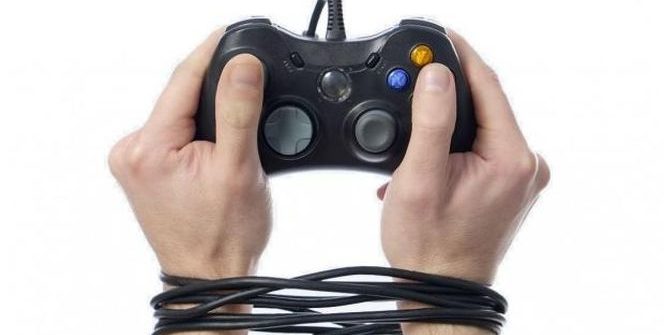The WHO (World Health Organization) will officially consider gaming disorder as a disease, but we’ll call it gaming addiction.
Although the WHO has already described what the term means in September (and since then, we have discussed the updated around the subject), it needed over half a year to be included in the list of the officially described and confirmed diseases (but they didn’t seem to include television or social media addiction). Nikkei (the link is translating it to English via Google Translate) reports that the WHO’s AGM (annual general meeting) has accepted gaming disorder as a disease and that it will be in place from 2022, around the same level as a gambling addiction.
„Gaming disorder is defined in the 11th Revision of the International Classification of Diseases (ICD-11) as a pattern of gaming behavior (“digital-gaming” or “video-gaming”) characterized by impaired control over gaming, increasing priority given to gaming over other activities to the extent that gaming takes precedence over other interests and daily activities, and continuation or escalation of gaming despite the occurrence of negative consequences.
For gaming disorder to be diagnosed, the behaviour pattern must be of sufficient severity to result in significant impairment in personal, family, social, educational, occupational or other important areas of functioning and would normally have been evident for at least 12 months,” the official description of gaming disorder reads.
As an example, we could mention World of Warcraft from the mid-2000s. One and a half decade ago, it’s likely that many players – and maybe even readers – have played WoW a lot during its first years. Now, a gaming addict would have stayed on the game even nowadays, but most likely, many of you have gone past Blizzard’s game since. As is the case with alcohol – don’t overdo it. (But you can sit behind a wheel in Gran Turismo Sport, for example, just don’t drink and drive in real life.)
Source: WCCFTech















Leave a Reply